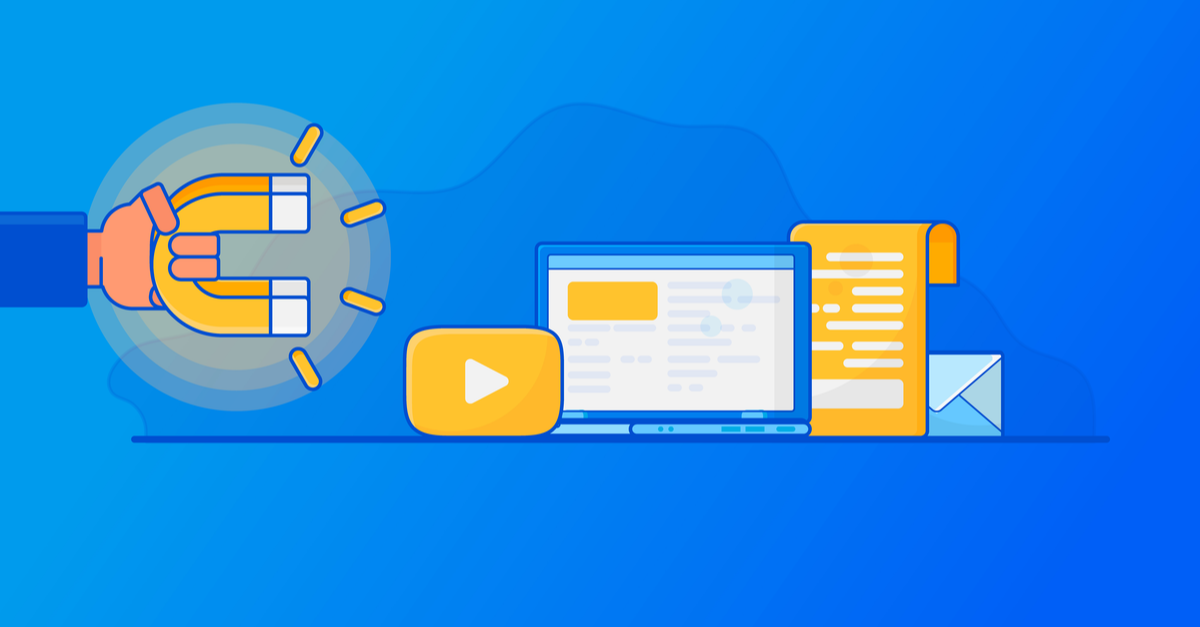Many inbound call centers are created to respond to the inquiries and requests of existing customers. But another important role of inbound call centers is to receive calls from potential customers responding to media advertisements and calling to follow up on advertised deals. Here are the three types of media designed to drive inbound traffic and some of the pros and cons of each.
Known as the traditional form of media, print advertisements appear in newspapers and magazines as well as in things like brochures, leaflets, newsletters and mailers. Depending on the type of print media chosen, these advertisements allow you to reach potential customers based on their geographic location or their particular interests, both of which help you connect to them more directly and increase the likelihood that they will respond to the ad. On the flip side, print advertising is traditionally on the expensive side and it is impossible to measure rates of engagement. While you can get data on the number of people who read the publication or the number of houses that mailers are delivered to, it’s difficult to know how many people are actually seeing the ad.
Broadcast
Broadcast media channels include television and radio. Similar to with print media, you can target a specific demographic or group of people based on the channel your advertisement is on or the program during which it runs. But also like print media, it’s pricey and difficult to know how much traction your advertisement is making and how many eyes it is actually reaching—if people are recording a TV show and watching it later, for example, they may fast forward through your ad and miss it all together. Even so, broadcast advertisements can be powerful, especially if you have a recognizable and trustworthy face and/or voice selling your product.
Digital
The most popular form of media nowadays, digital media holds a unique position from print and broadcast. While potential customers can’t interact with a company directly through a print or broadcast ad, they do have that option and capability with a digital ad (examples of which include email campaigns, landing pages, search engine ads and social media ads). If a customer is interested in the product, in most cases they can click directly through to where they can purchase or to a page from which they can easily get in touch with the call center. That’s in comparison to print and digital ads which require a customer to decide that they are interested and then make the call, extra steps that may seem small but can make or break whether a customer decides to purchase the product. You also have more of an ability to measure direct engagement and ROI with digital than you do with print or broadcast.
In addition to information like this, CallShaper has media tracking tools that will help you make decisions about where to spend your advertising budget. To learn more, contact CallShaper today.


Leave A Comment